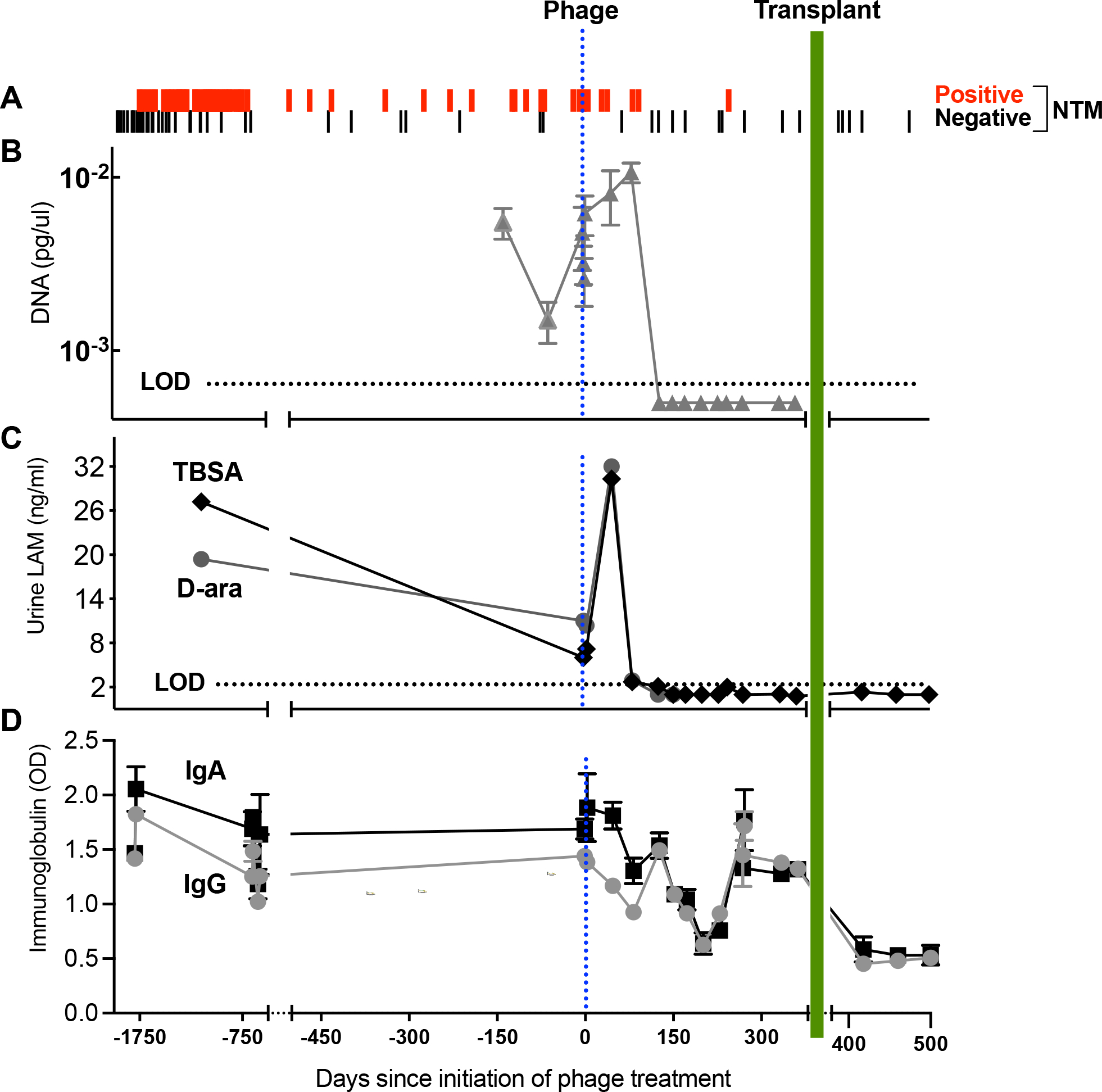Figure 4. Culture-independent Markers Demonstrate Evidence of M. abscessus Lysis and Host Response.

(A) Airway culture versus date in days pre- or post-phage treatment initiation. Sputum culture results were predominantly positive (red lines) prior to initiation of phage treatment. Post-phage treatment, 6 of 7 cultures were positive through day 96. From day 116 the culture turned predominantly negative (black line) with 9 of 10 negative through day 362. Over this interval a single persister isolate was recovered on day 245. Post-transplant an additional 5 cultures from BAL were negative through day 500 of phage treatment.
(B) qPCR analysis of M. abscessus DNA in sputum. The y-axis shows M. abscessus DNA concentrations (pg/ul) extrapolated from a standard curve.
(C) Urine LAM. The LAM components D-ara (grey squares) and TBSA (brown diamonds) plotted versus days. Levels of both components peaked 47 days after initiation of phage, and by day 152 were both below LOD, continuing post-transplant.
(D) Serum anti-M. abscessus immunoglobulins plotted versus days. Measured immunoglobulins were IgA (black square) and IgG (gray circle). Evidence for a decline in immunoglobulins during each phase of treatment was tested by simple linear regression models fit to IgA and IgG using a three-level categorical variable for pre-phage treatment, phage treatment, and the post-transplant interval as the only covariate. T-tests on the regression coefficients, or linear combinations, were used to compare the mean levels in each period. Compared to pre-phage titers, a significant decline in IgA was detected over the course of phage therapy prior to transplant (p=0.05) while mean IgG values trended lower (p=0.17). Both IgG and IgA declined further post-lung transplant when compared to the year prior on phage treatment (p<0.001 for both).
